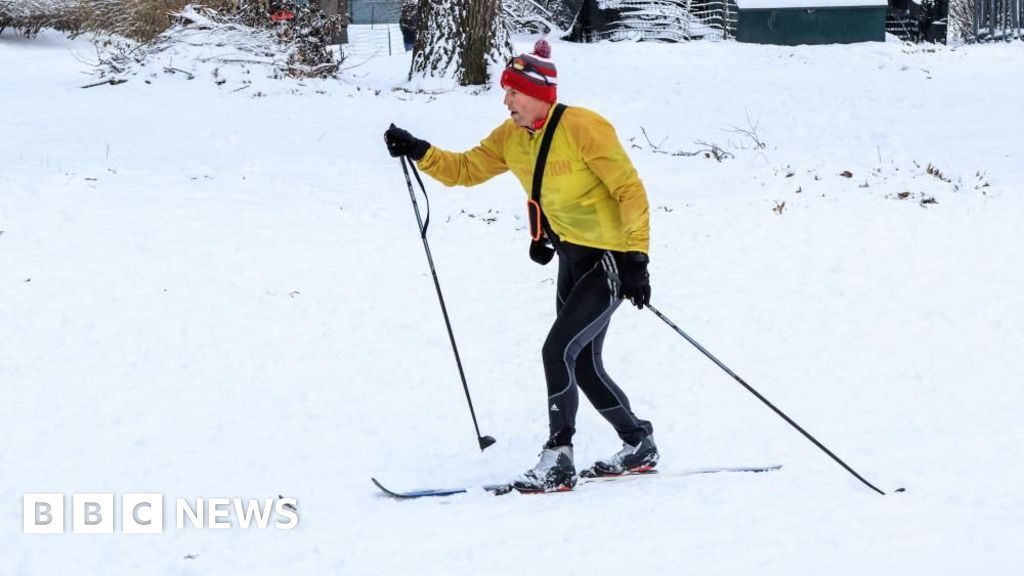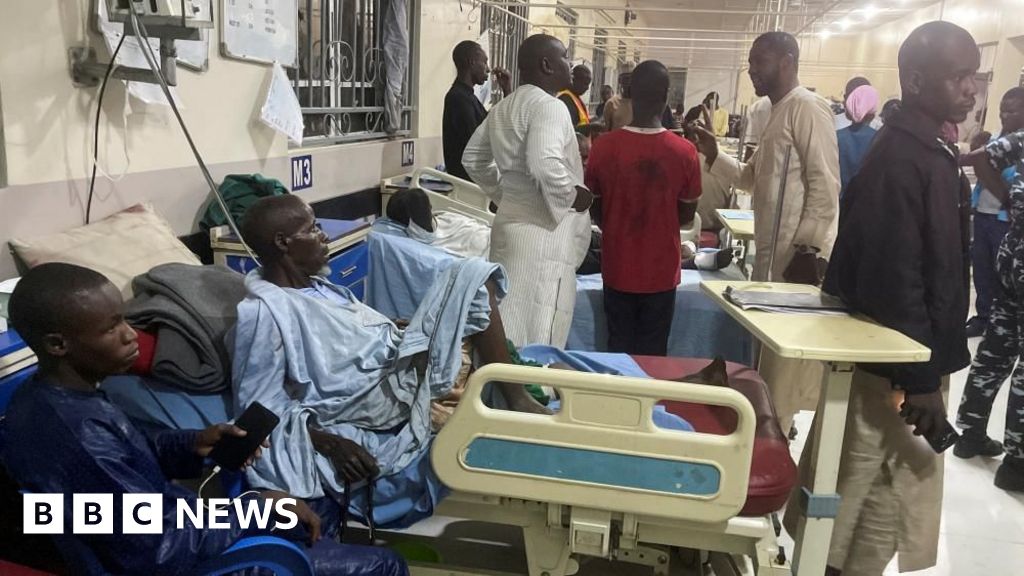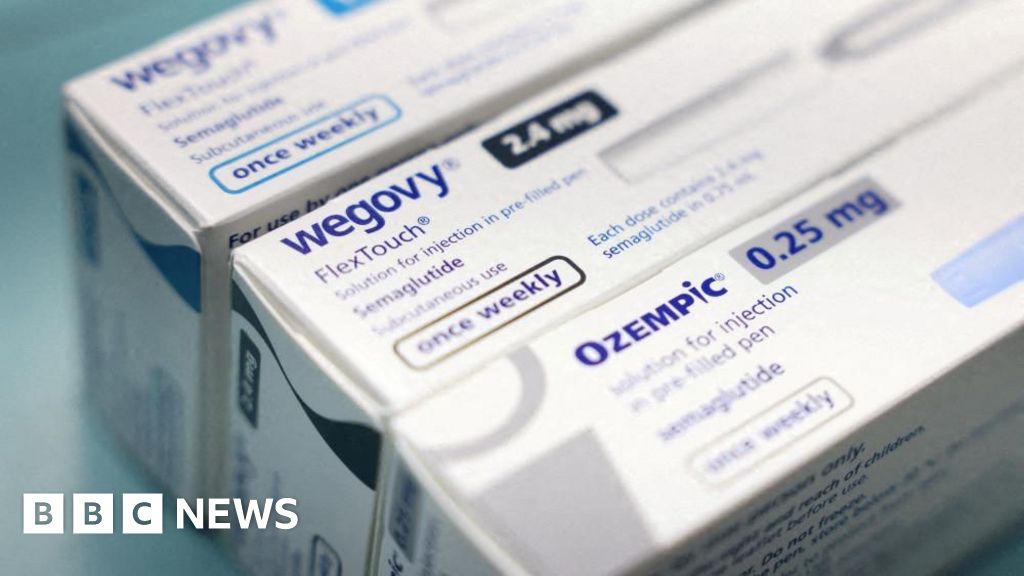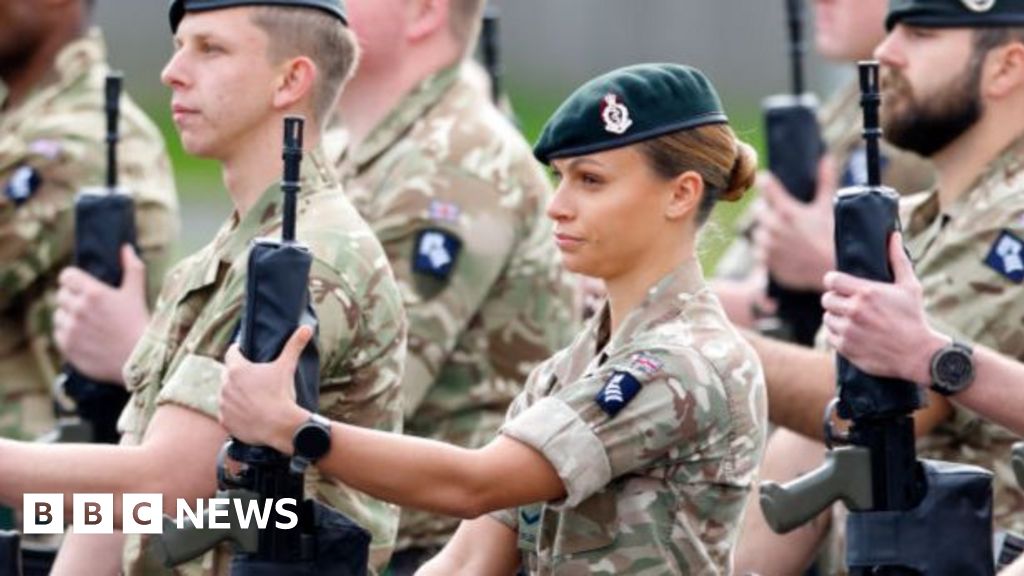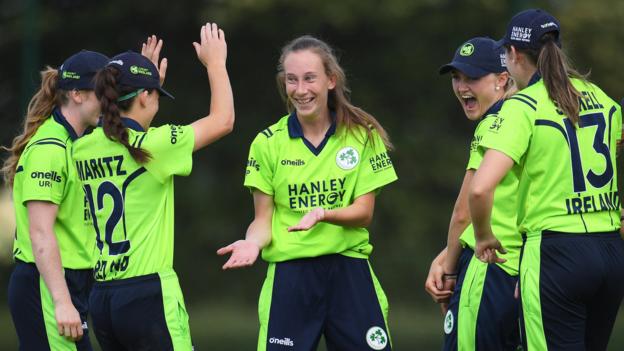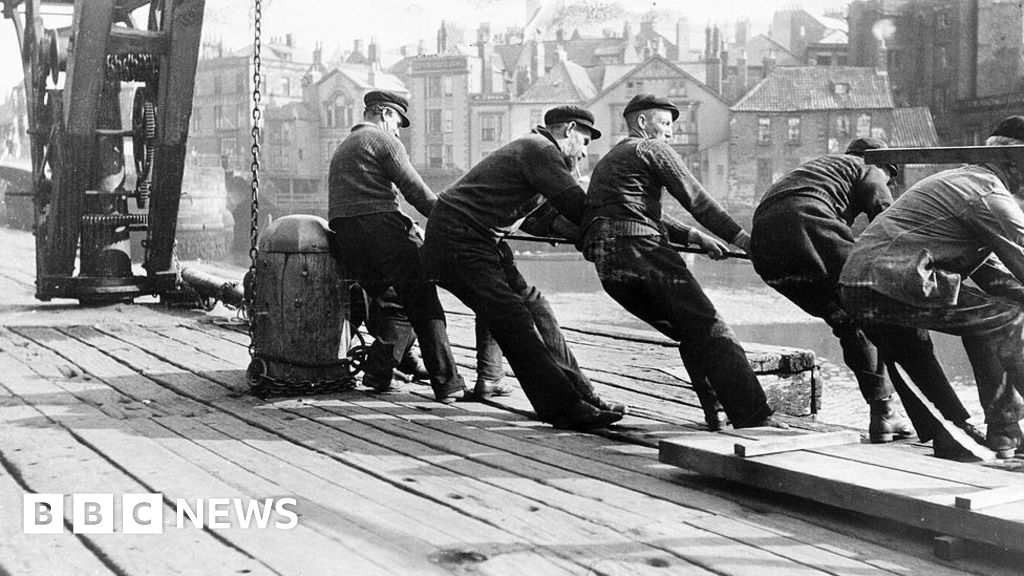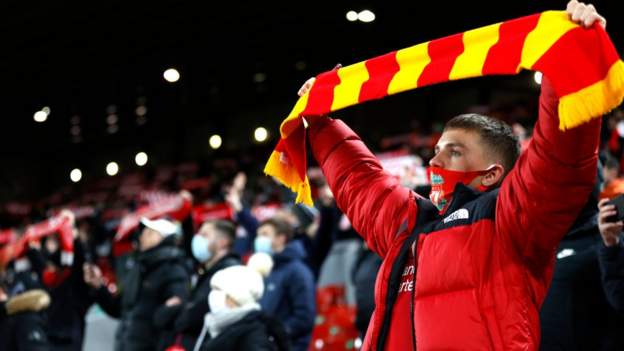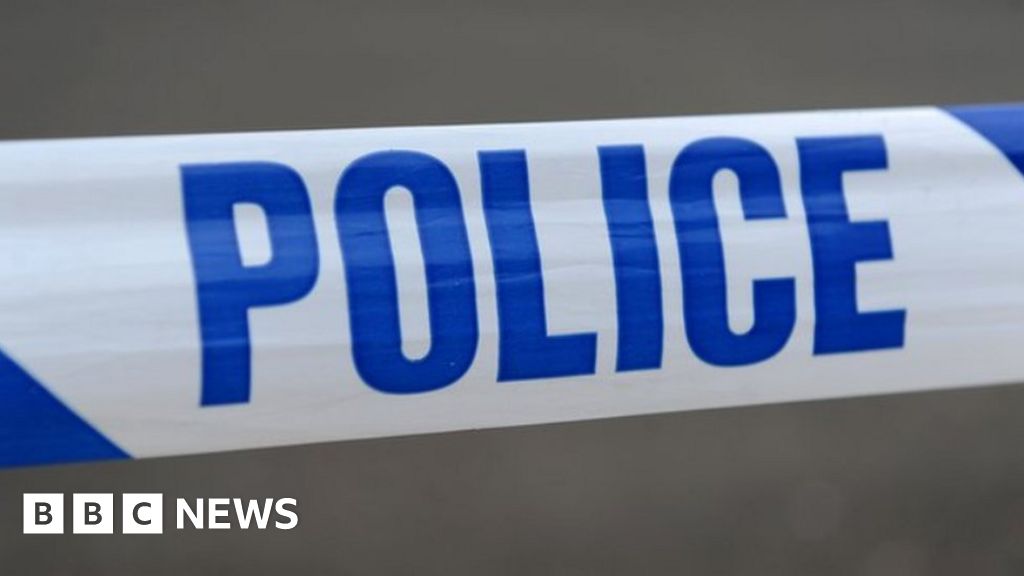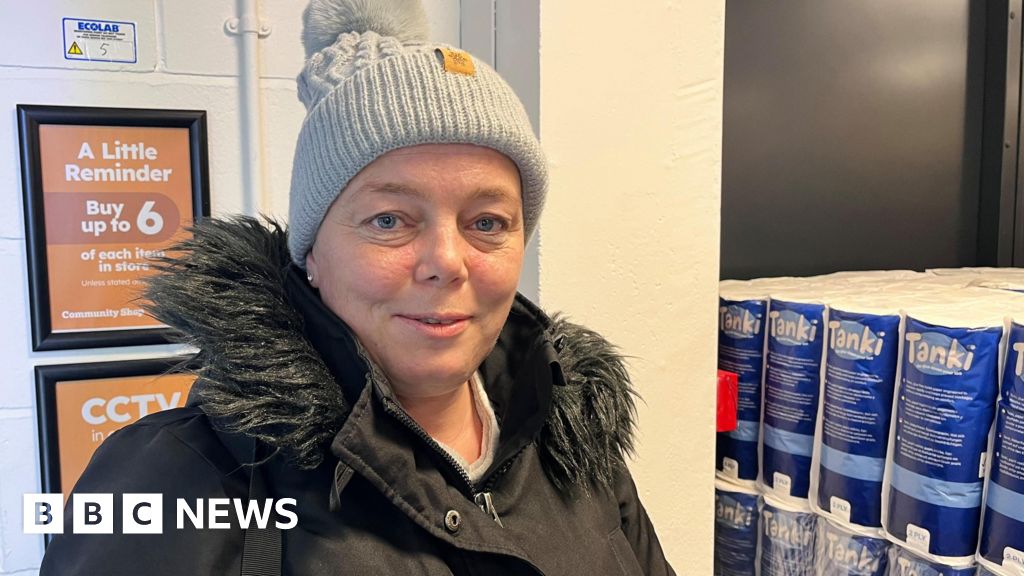Image copyright
PACEMAKER
The first step includes changes to rules on exercise and allowing churches to open for private prayer
A five-stage plan for easing the Covid-19 lockdown in Northern Ireland has been published by the executive.
Unlike plans announced in England and the Republic of Ireland, NI’s blueprint does not include a timetable for moving from one step to the next.
Progression will depend on when certain public health criteria is met, say ministers.
The first step includes changes to rules on exercise and allowing churches to open for private prayer.
The document, entitled Executive Approach to Decision-Making, is being outlined in the assembly by the first and deputy first ministers.
‘Be patient’
Movement between stages will depend on progress in reducing the transmission of the virus, said First Minister Arlene Foster.
“We will not take a set in stone approach if there are things we can do better and do differently,” she said.
“We will not be driven by a timetable and we know some will be disappointed by that – but our roadmap doesn’t answer every query, it provides people with an indication of how things might move in the weeks and months ahead.”
Deputy First Minister Michelle O’Neill appealed to the public to “be patient”.
“When we’re in position to slowly and carefully move out of the lockdown, we will keep you updated every step of the way,” she added.
“It’s not in the too-distant future, if people keep following the advice.”
Northern Ireland has its own powers to set and lift restrictions at different rates than in the rest of the UK.
The executive must review the coronavirus regulations every three weeks, with the next due by 28 May.
In some reviews, no changes may be recommended but the roadmap will be flexible and each process of review will not be linked to the next step of relaxations.
The blueprint says the executive will only decide to relax restrictions when “it is sure it is in the long term interest of the health and wellbeing” of the population.
Ms O’Neill said controlling the rate of transmission of the virus was “absolutely critical”, and required before restrictions could be relaxed.
“We need to have in place testing, tracking and tracing arrangements to enable us to safely lift the restrictions,” she added.
Pathway to Recovery
Step one:
- Encouragement to those unable to work from home to return to work on a phased basisLarge outdoor-based retail can open including garden centres, though associated cafes and restaurants can only offer takeaway or collection
- Groups of four to six people who do not share a household can meet outdoors maintaining social distancing. With the exception of people who are shielding, visits to immediate family allowed indoors where social distancing is possible
- Drive-through church services and churches open for private prayer, with appropriate social distancing and cleaning of shared contact hard surfaces
- Outdoor spaces and public sport amenities to open. For example, walking, running, cycling, some water activities, golf, tennis
- Drive-through cinemas can open
Step two:
- Non-food retail can open where numbers are limited, with social distancing
- Groups of up to 10 can meet outdoors
- As demand increases on public transport within social distancing requirements, people encouraged to walk and cycle for short journeys where possible
- Resumption of, for example, team sports training on a non-contact basis in small groups
- Selected libraries reopen with restricted services
- Open-air museums reopen
Step three:
- Phased return to office and onsite working subject to risk assessment. Work that can be done from home should still be done from home
- Schools expand provision for priority groups on a part-time basis, using a combination of in-school and remote learning
- Gatherings can accommodate up to 30 people while maintaining social distancing
- Resumption of, for example, team sports training on a non-contact basis
- Museums and galleries open
- Libraries open
- Concert and theatre rehearsals resume
Step Four:
- Other “contact” retail (hairdressers, fitness studios, tattoo and piercing parlours) can open subject to mitigations following risk assessment
- Schools expand provision to accommodate all pupils on part-time basis with combination of in-school and remote learning
- Reducing and staggering demand for public transport at peak times through continued home working and staggered start times for businesses
- Wider range of gatherings permitted including church services subject to social distancing and other suitable mitigations, such as cleaning of hard surfaces
- Resumption of competitive sport “behind closed doors” or with limitations on the number of spectators
- Leisure centres and other indoor leisure facilities open
- Outdoor concerts on restricted basis
Step five:
- All able to return to work subject to mitigations. Remote working still strongly encouraged
- Hospitality retail (restaurants, cafes, pubs) can open subject to risk assessment, initially on a limited basis
- Expand early-year school provision to full-time basis
- Public transport operating full service but subject to ongoing risk assessment
- People can meet in extended groups subject to social distancing
- Resumption of close physical contact sports
- Return to competitive sport and full use of sporting facilities
- Spectators can attend live events on restricted basis
- Nightclubs, concerts open on a limited basis
Why does the R-rate matter?
As the infection has spread at different rates in various parts of the UK, Stormont ministers have said Northern Ireland must follow its own criteria and scientific advice.
The R-value – or reproduction number – is at the heart of the executive’s decision to extend the lockdown until at least the end of May.
The R-number shows how many people will get infected for every one person who gets ill.
In Northern Ireland, the R-rate is sitting just below one, at 0.8-0.9, and the executive has said it must remain at a low level before restrictions can begin to be lifted.
